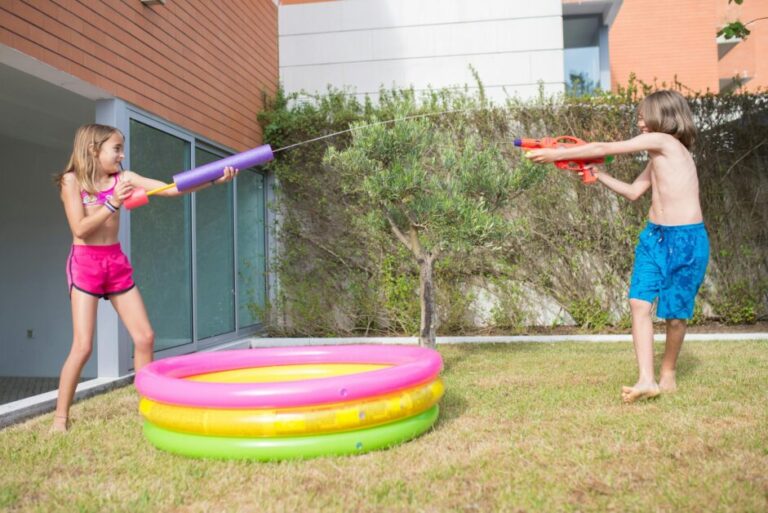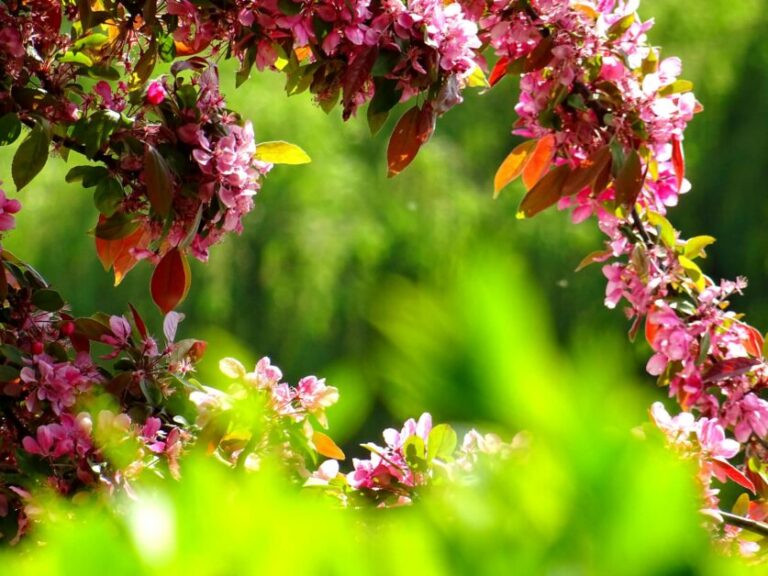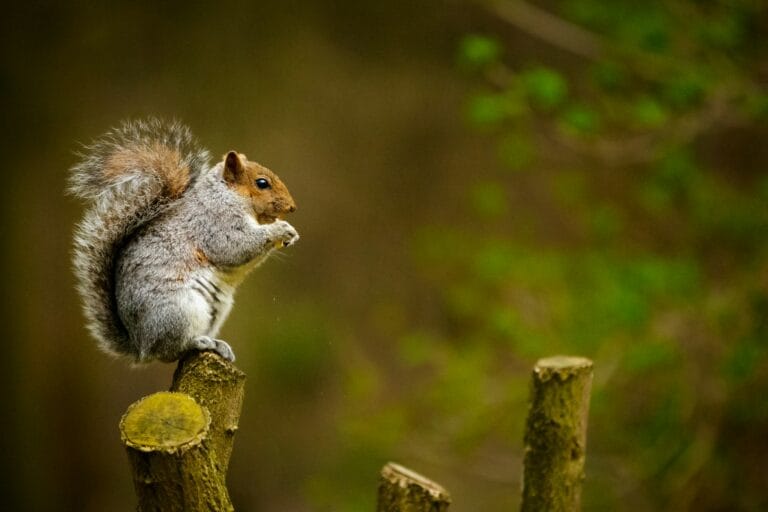Pineapple Bromeliad: The Complete Guide to Growing, Caring, and Enjoying This Exotic Houseplant
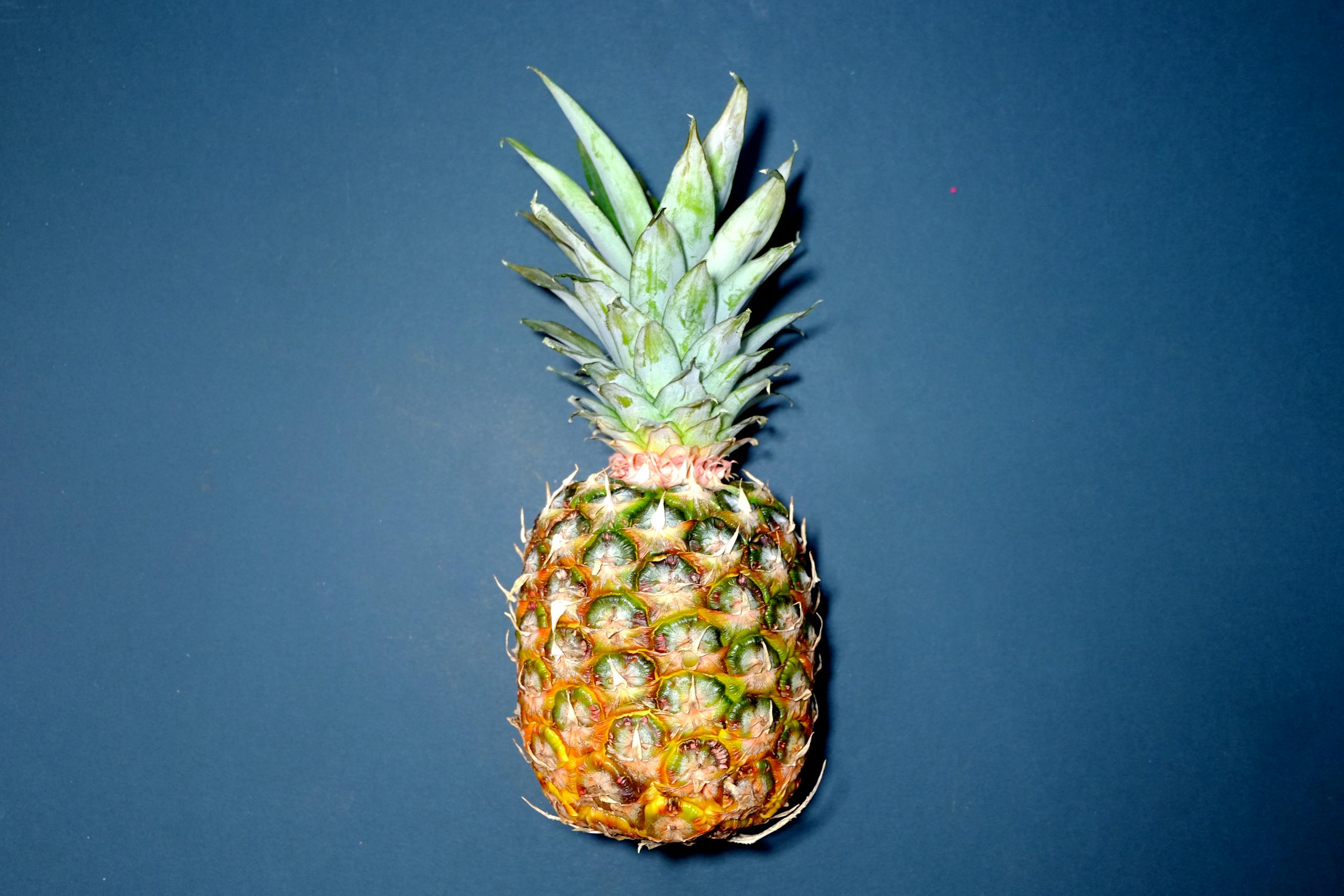

Why pineapple bromeliads are trending again
Houseplants have always been about beauty and atmosphere, but what if you could grow something both ornamental and edible? Enter the pineapple bromeliad (Ananas comosus), a striking tropical plant that doubles as décor and conversation starter.
From their sword-like leaves to their quirky crown fruit, pineapple bromeliads are loved by plant parents, interior designers, and urban gardeners alike. They’re surprisingly easy to grow indoors, thrive outdoors in warmer climates, and bring that “exotic but doable” vibe many people crave in 2025’s plant scene.
In this comprehensive guide, you’ll learn everything you need to know about growing, caring for, and troubleshooting pineapple bromeliads — plus we’ll bust a few myths along the way.
Quick facts about pineapple bromeliads (snippet-ready)
- Botanical name: Ananas comosus
- Common names: Pineapple plant, ornamental pineapple, pineapple bromeliad
- Type: Tropical bromeliad, perennial
- Native region: South America (Brazil, Paraguay)
- Light needs: Bright, indirect sun; can handle partial direct light
- Watering: Moderate; prefers moist but well-draining soil
- Soil: Acidic, sandy, well-draining potting mix
- Temperature: 65–95°F (18–35°C), frost-sensitive
- Fruit: Ornamental pineapples, smaller than commercial types but still edible
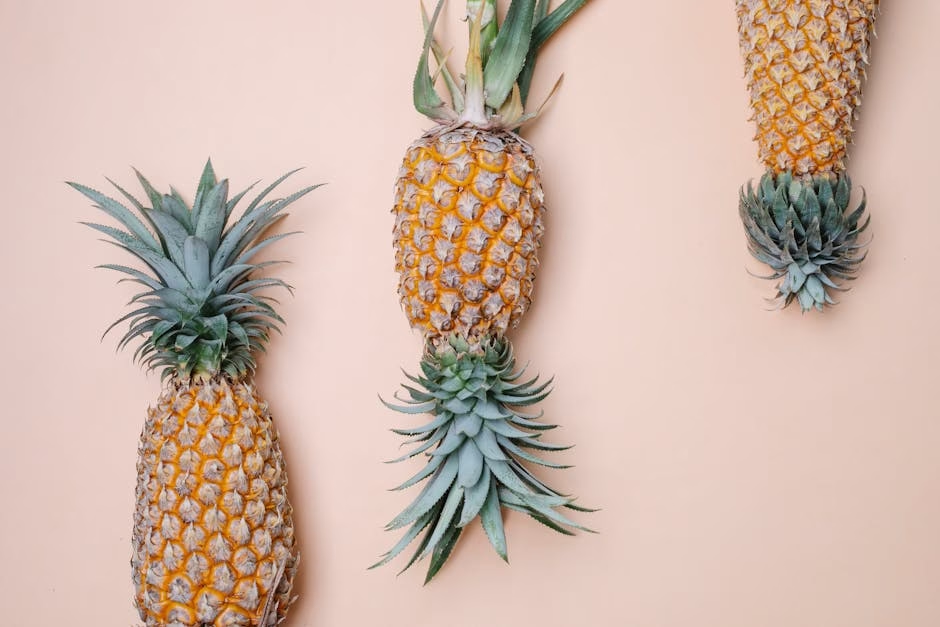
Why choose a pineapple bromeliad?
- Decorative appeal: Their spiky rosette leaves look sculptural, even without fruit.
- Compact size: Perfect for small apartments, balconies, or office desks.
- Exotic fruit: While smaller, the pineapples are fragrant and edible.
- Air quality boost: Like other bromeliads, they help filter indoor air.
- Low maintenance: They’re forgiving once you understand their watering style.
How to grow pineapple bromeliads successfully
Choosing the right location
- Indoors: Place near a sunny window (south or west-facing) but avoid harsh midday sun that can scorch leaves.
- Outdoors: Best in USDA zones 10–11. They thrive in full sun to light shade.
- Container choice: A pot with drainage holes is essential to prevent root rot.
Soil mix
Pineapple bromeliads hate soggy roots. Use a mix of:
- 50% cactus or succulent mix
- 25% orchid bark
- 25% coarse sand or perlite
This ensures fast drainage while mimicking their natural environment.
Watering
- Central cup watering: Like many bromeliads, they hold water in the rosette “tank.” Keep it half-filled, but flush it weekly to prevent bacteria build-up.
- Soil watering: Keep soil lightly moist during active growth.
- Winter watering: Cut back — the plant slows down in cooler months.
Light and temperature needs
- Light: 6+ hours of bright, indirect light daily. Outdoors, morning sun with afternoon shade works well.
- Temperature: Avoid temperatures below 60°F (15°C). Cold drafts indoors can damage leaves.
- Humidity: Loves 50–70%. Mist the plant or use a humidifier in dry homes.
Fertilizing pineapple bromeliads
- Use a diluted liquid fertilizer every 2–3 weeks in spring and summer.
- Apply directly into the central cup and soil.
- Stop fertilizing after fruit begins to form — the plant will naturally decline.

The life cycle of a pineapple bromeliad
Here’s the bittersweet truth: pineapple bromeliads are monocarpic — meaning each rosette flowers and fruits only once before dying. But don’t worry: they produce offsets (“pups”) that continue the cycle.
Growth timeline (example case study)
- Year 1–2: Plant matures, builds strong foliage.
- Year 2–3: Flowers and produces a small pineapple fruit.
- Year 3+: Mother plant declines but offsets take over.
This cycle is what makes pineapple bromeliads both fascinating and sustainable to grow.
Propagation methods
From crown (store-bought pineapple trick)
- Twist off the leafy crown from a ripe pineapple.
- Remove excess fruit flesh to avoid rot.
- Let dry for 2 days, then plant in sandy soil.
- Keep lightly moist until roots establish (4–6 weeks).
From pups
- After fruiting, remove pups when they’re one-third the size of the mother.
- Plant in separate pots.
- They’ll mature and eventually flower on their own.
From seeds
- Rare and slow (can take 3–4 years to mature). Fun for hobbyists, not ideal for quick results.
Pineapple bromeliads indoors vs outdoors
| Factor | Indoors | Outdoors (zones 10–11) |
| Light | Bright, indirect | Full sun / partial shade |
| Size | More compact | Can grow larger |
| Fruiting | Possible, but smaller fruits | Better chance of full-sized fruit |
| Temperature | Must stay warm, avoid drafts | Thrives in tropical/subtropical |
Common problems (and solutions)
- Yellow leaves: Usually overwatering. Let soil dry slightly.
- Brown leaf tips: Low humidity or fluoride in tap water. Switch to rainwater or distilled.
- No fruit: Plant may be too young, or not enough light.
- Pests: Mealybugs and scale insects. Wipe with alcohol or use insecticidal soap.
Pineapple bromeliad vs edible pineapple
| Feature | Pineapple Bromeliad (ornamental) | Commercial Pineapple (Ananas comosus var. comosus) |
| Fruit size | Small (2–6 inches) | Large (6–12 inches) |
| Taste | Sweet but less juicy | Juicy, sweet, widely eaten |
| Growing purpose | Ornamental + hobby harvest | Food production |
| Indoor suitability | Excellent | Poor (needs large space) |
Landscape and décor ideas
- Tropical patio containers: Combine with hibiscus or banana plants.
- Indoor statement plant: Place in ceramic pots with modern décor.
- Table centerpiece: Mini pineapple bromeliads are often sold around holidays.
- Gift idea: Symbol of hospitality and warmth, perfect for housewarming.

FAQ — People Also Ask style
Q1: Do pineapple bromeliads actually grow edible pineapples?
A1: Yes, but the fruits are smaller and sometimes less sweet than commercial pineapples. They’re still edible and safe.
Q2: How long does it take for a pineapple bromeliad to fruit?
A2: Typically 2–3 years from planting, depending on light, temperature, and care.
Q3: Can you grow pineapple bromeliads indoors?
A3: Absolutely. With bright light, good humidity, and patience, they thrive as indoor houseplants.
Q4: What happens to a pineapple bromeliad after it fruits?
A4: The mother plant slowly declines but produces offsets (pups), which grow into new plants.
Q5: Do pineapple bromeliads need direct sunlight?
A5: They need bright light but prefer indirect or filtered sun indoors. Outdoors, they can handle full sun with enough humidity.
Pro tips for success
- Tip 1: Rotate your plant weekly so all sides get even light.
- Tip 2: Flush the central cup once a month to avoid stagnant water issues.
- Tip 3: If your plant isn’t flowering, try placing it in a bag with a ripe apple for 1–2 weeks — the ethylene gas can trigger blooms.
- Tip 4: Group with other tropical plants to create a humidity “microclimate.”
Conclusion — Why pineapple bromeliads deserve a place in your collection
Whether you’re after a striking houseplant, a quirky gift, or a small taste of the tropics at home, pineapple bromeliads deliver on all fronts. They’re hardy, beautiful, and rewarding — not just for their looks but for the delight of growing your very own pineapple.
Want to make sure your pineapple bromeliad thrives? Grab our Free Bromeliad Care Cheat Sheet — it includes watering reminders, light tips, and propagation steps so you never second-guess your plant care routine.

